A recent article by Aaron Betsky in Architect magazine took issue with a New York Times-sponsored program called the Energy For Tomorrow Conference. Betsky was specifically concerned that the Times had not included any “urbanists, planners, or even an architect” but did include “leading urban expert Jeremy Irons.” He queried, “What are architects when we’re thinking about the future of the designed environment… chopped liver?” Betsky suggested several prominent architects would have been an appropriate addition, including OMA and Diller Scofidio + Renfro, among others. While I agree we should expect some architects and urbanists at such a conference, I question some of Betsky’s suggestions. Are the starchitects he mentioned really contributing to energy efficient, sustainable cities?
Early in his career, Rem Koolhaas of OMA advocated for density and intense urban vitality, but then seems to have decided object buildings were the thing. He has done projects that seem remarkably anti-urban and marked his career with buildings that don’t make great cities. The gargantuan CCTV tower in Beijing is a prime example. That building required demolishing an entire neighborhood in order to install a prominent object. The streetscape and pedestrian quality suffer in order to create a geometric, one-liner statement that has a crushing scale at ground level. Do snazzy object building with poor pedestrian environments around them really make a sustainable city?
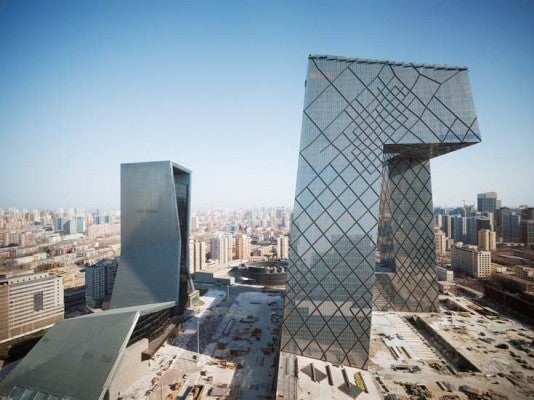
Above: The CCTV complex in Beijing
I have written before about the problems of the accumulated object buildings by starchitects in the Dallas Arts District that fail to create a good urban environment. OMA was involved there as well with the Wyly Theatre where both the main entry and lobby (the most lively parts that might enrich an urban neighborhood) are submerged a level below the street, but easily accessed via underground parking. Creating an auto-centric building in a downtown environment – one that is desperately trying to make real headway toward mass transit and pedestrian-friendly movement – hardly seems the sort of decision one would want to hear about in a conference dedicated to energy savings and sustainable cities.
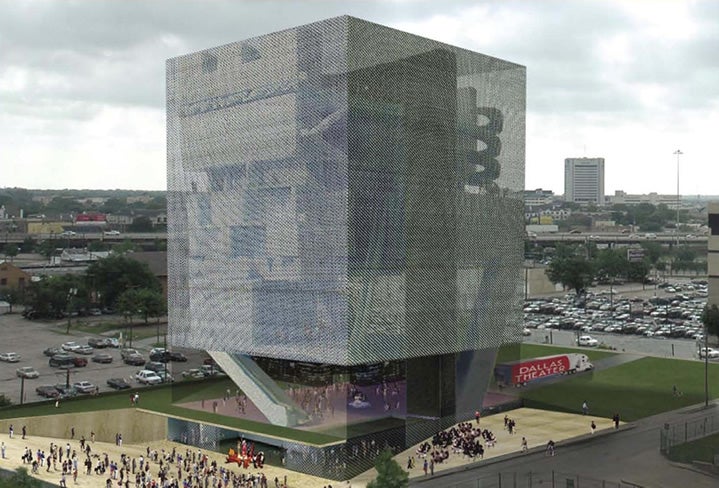
Above and below: The Wyly Theatre in Dallas
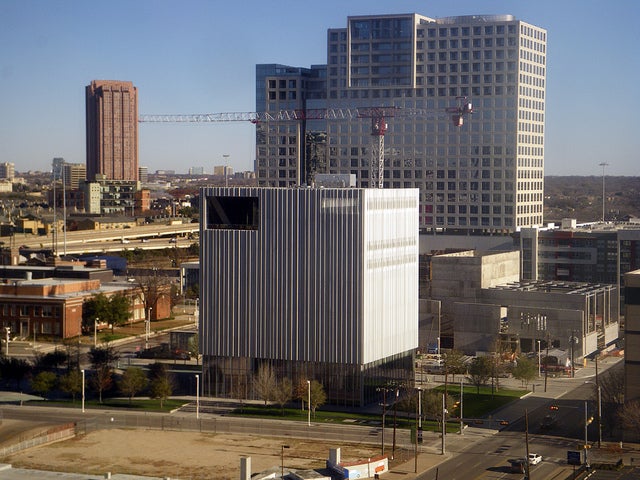
Christopher Hawthorne of the Los Angeles Times recently slammed the new Perot Museum of Nature and Science in the same Dallas district, calling it “bullhorn urbanism.” That’s what we, as architects, have become known for: big, loud, sexy object that are more about themselves than about making a city.
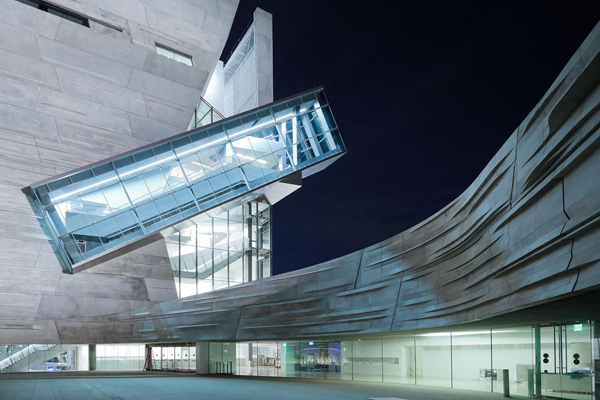
Above: The Perrot Museum in Dallas
Look at Dubai and dozens of huge cities across China which have received huge press in architectural circles. They are what we have touted as great successes, but they are not sustainable urban environments. If that’s the best we can do, then we don’t deserve to be at the tables of forward-thinking conferences.
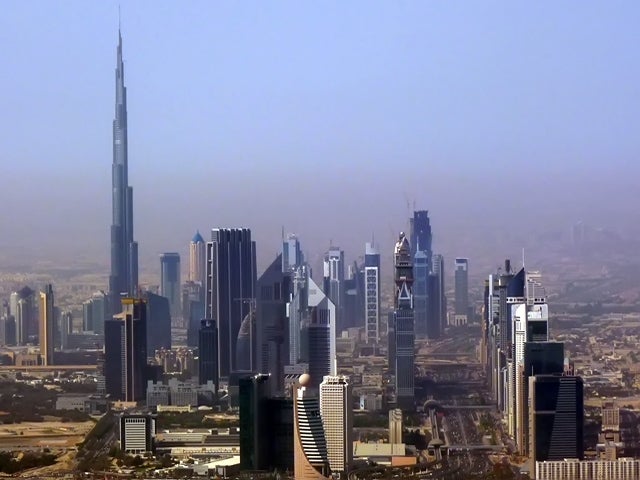
Above: The Dubai skyline
To Betsky’s credit, he observes a little later in his piece, “Perhaps they are right. The one bit of designed infrastructure going in up in New York right now, the Calatrava station at ground zero, is a farce…” I wonder if this is the reason they’ve left architects out of the discussion. We have got to start talking about real issues that are important to a larger society and not just about glitzy structures. We need architects and planners to speak up on this topic – and loudly. We need our media to be focused on real, relevant issues the larger culture cares about. Then we will be invited to the table when those important matters are being discussed about the future of our cities.